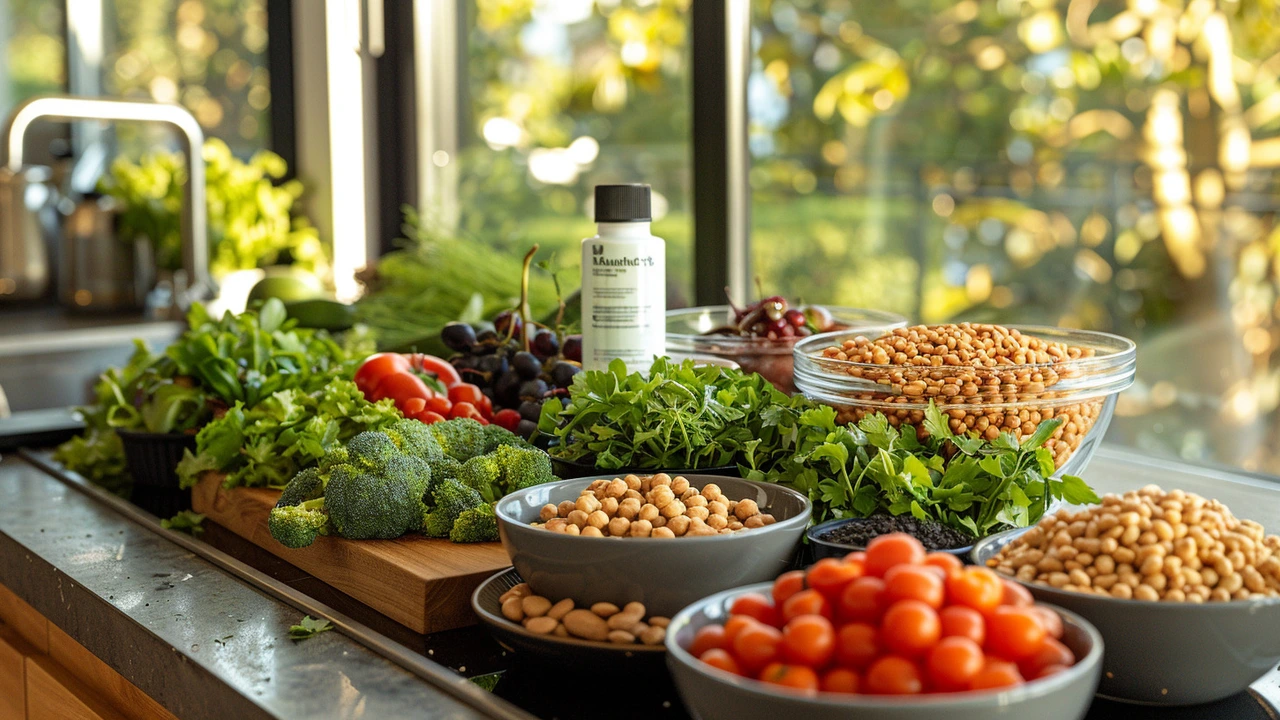Atomoxetine and Diet — Practical Food Tips (May 2024)
If you take atomoxetine, small food changes can affect how you feel and how steady your focus is. This May 2024 post looks at easy, realistic diet moves you can try while on atomoxetine: what helps, what may interfere, and simple timing tips to test. No complicated rules — just practical steps you can use and discuss with your clinician.
Eat to steady focus
Start the day with a protein-focused breakfast. Eggs, Greek yogurt, cottage cheese, or a protein smoothie give steady amino acids that support brain chemicals tied to attention. Add a whole grain or fruit to avoid big blood sugar swings that sometimes make focus worse. If mornings are rushed, keep single-serve options handy like hard-boiled eggs or a small tub of yogurt.
Throughout the day, aim for balanced meals that mix protein, fiber, and healthy fats. Think a salad with tuna, chickpeas and avocado, or a turkey and vegetable wrap on whole-grain bread. These combos help maintain steady energy and may reduce midday dips that interfere with concentration.
What to avoid and timing tips
Be cautious with large sugary meals and big refined-carbohydrate snacks. They can produce quick energy followed by a crash, which can feel like worsened attention. Also watch high-caffeine spikes late in the day. Caffeine affects people differently; for some it boosts alertness, for others it adds jitteriness that can feel like anxiety. Try a short caffeine test: one cup earlier in the day and note any change in focus or sleep.
Certain acidic or very high-fat meals can sometimes change how medicines are absorbed. You don’t need strict rules, but if you notice that the medication feels stronger or weaker after a particular meal, try taking your dose with a lighter, balanced snack and see if that evens things out.
Hydration matters. Dehydration can cause fatigue and brain fog that masks whether the medicine is working. Keep a water bottle nearby and sip regularly. If you exercise, hydrate before and after workouts, and consider a small protein-rich snack afterward to support recovery and steady energy.
Keep a simple log for two weeks: note what you ate, when you took atomoxetine, and how you felt on focus and mood. Small patterns often show up fast — for example, a morning high-protein routine may consistently feel better than skipping breakfast. Bring that log to your prescriber to shape tweaks safely.
Finally, ask before making big diet changes or adding supplements. Some herbal supplements and high doses of certain vitamins can interact with medications. Your clinician can help you pick safe adjustments that support both your nutrition and your treatment plan.
Discover how specific dietary habits can complement the effects of Atomoxetine. This article dives into the interaction between food and ADHD medication, providing practical tips on what to eat for optimal results. Learn how your diet can support medication effectiveness and overall well-being.

